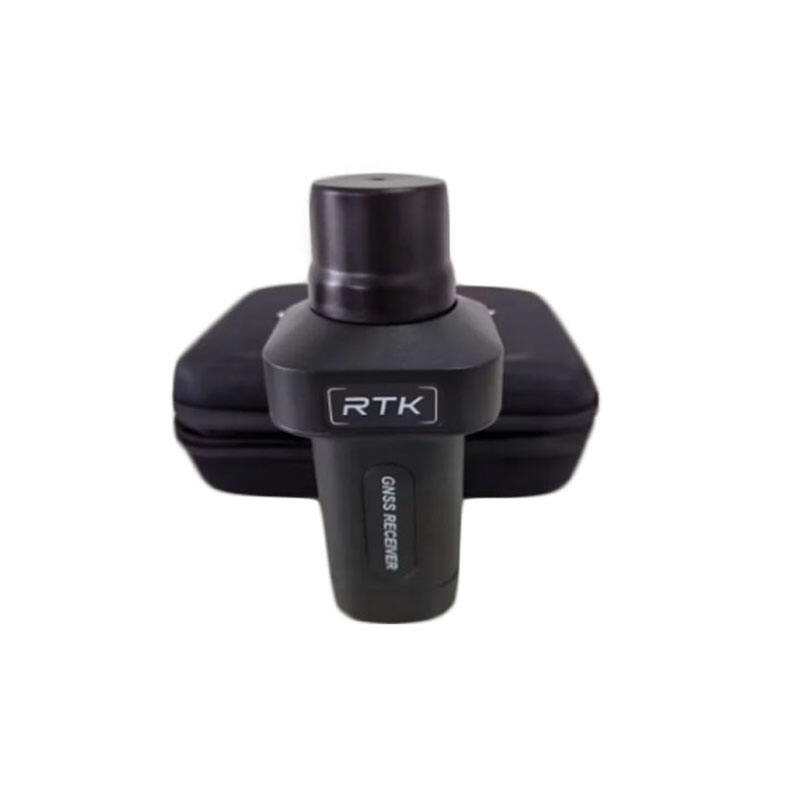rtk gnss antenna
The RTK GNSS antenna represents a cutting-edge technological advancement in high-precision positioning systems. This sophisticated device combines Real-Time Kinematic technology with Global Navigation Satellite System capabilities to deliver centimeter-level accuracy in positioning applications. The antenna functions by receiving signals from multiple satellite constellations, including GPS, GLONASS, Galileo, and BeiDou, while effectively minimizing multipath interference and signal noise. Its robust design typically incorporates advanced filtering mechanisms and signal processing capabilities to ensure optimal performance in challenging environments. The RTK GNSS antenna operates by establishing a connection with a base station that provides correction data, enabling real-time position corrections and enhanced accuracy. This technology proves invaluable across numerous sectors, including precision agriculture, construction surveying, drone navigation, and autonomous vehicle systems. The antenna's ability to maintain consistent accuracy even in dynamic conditions makes it an essential component for applications requiring precise positioning and navigation. Modern RTK GNSS antennas often feature weather-resistant construction, wide bandwidth capabilities, and compatibility with various mounting options to accommodate different use cases.


